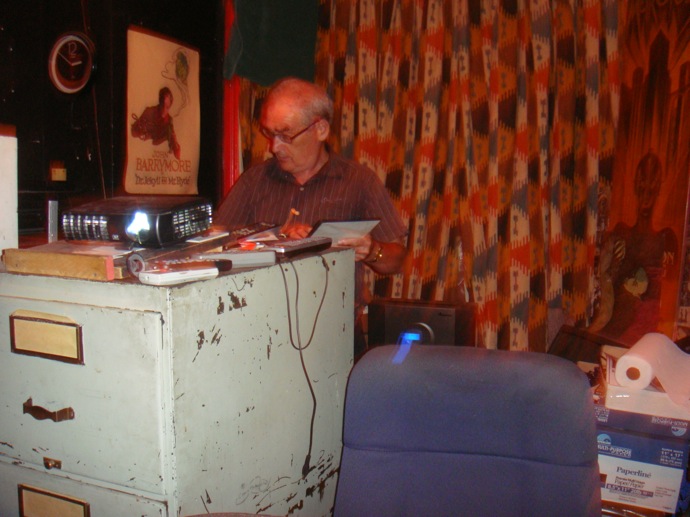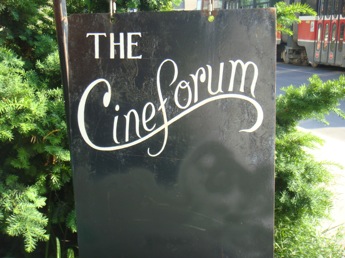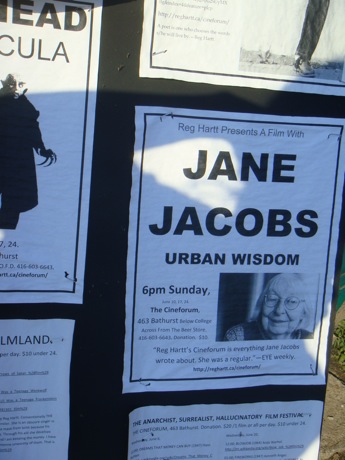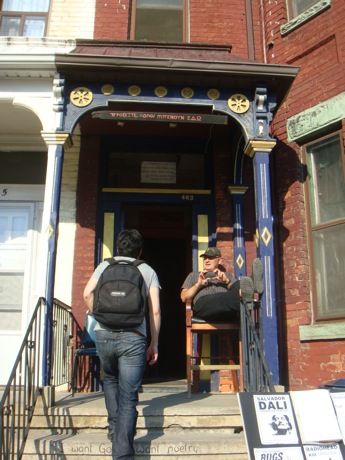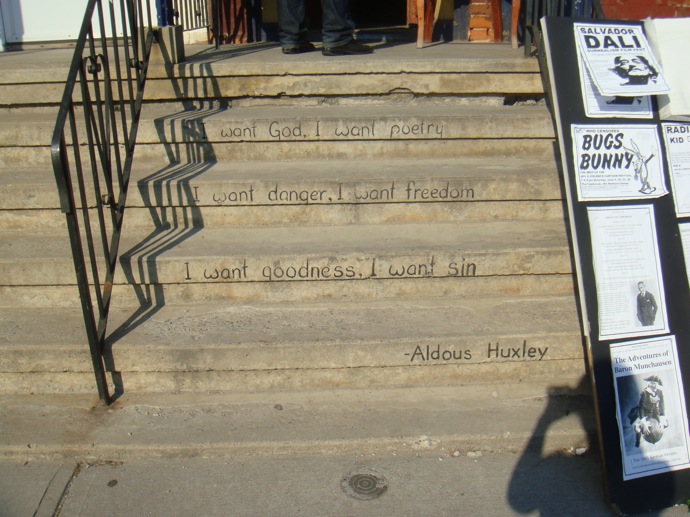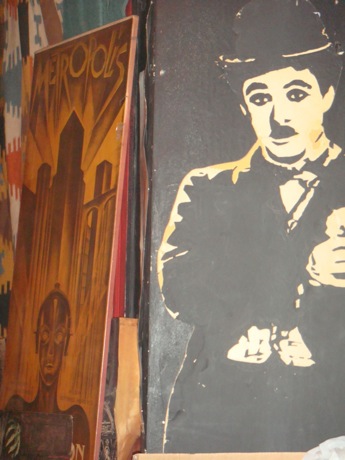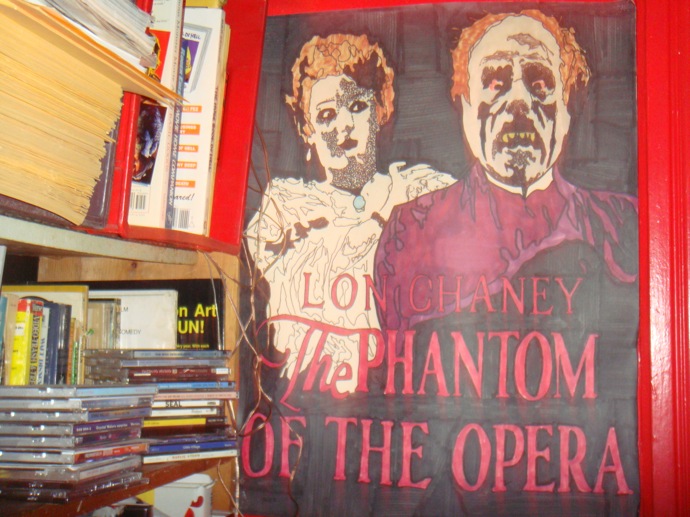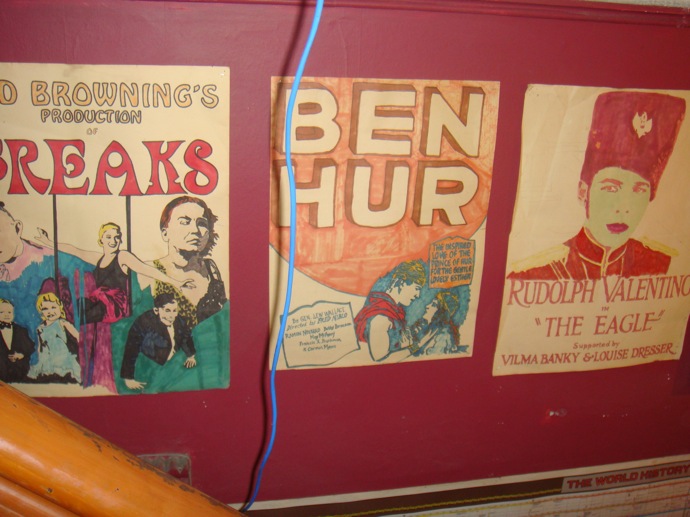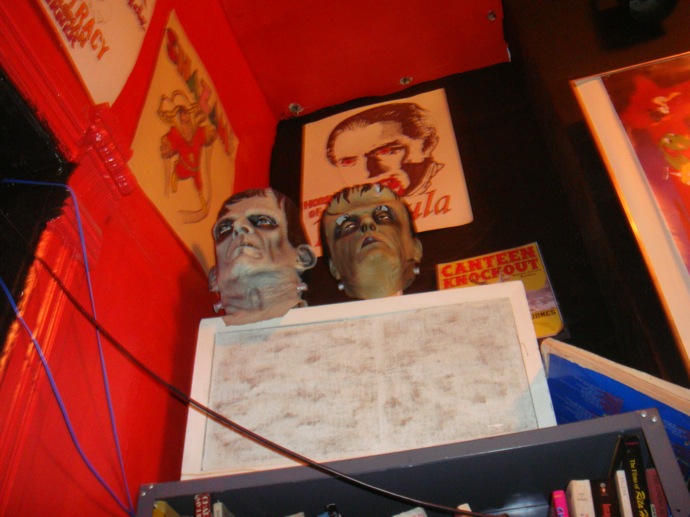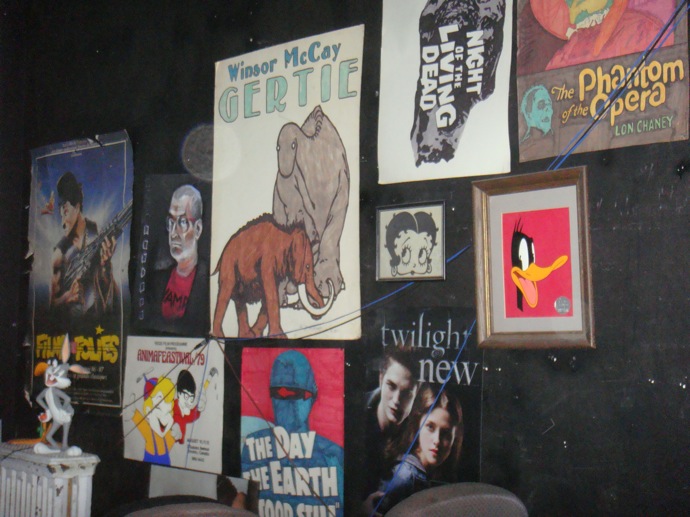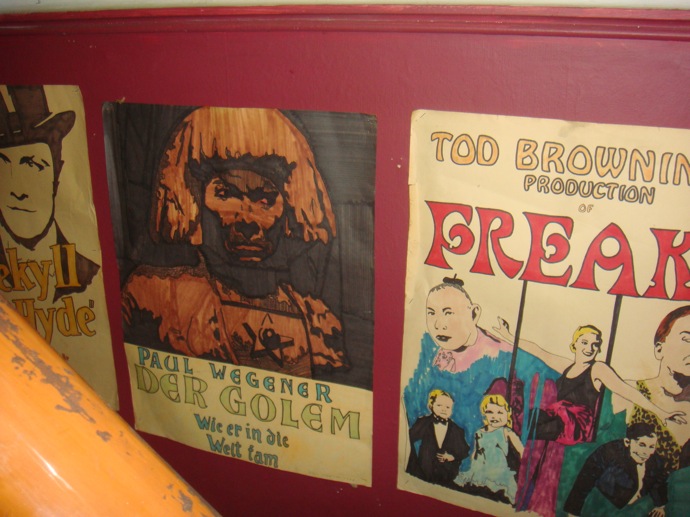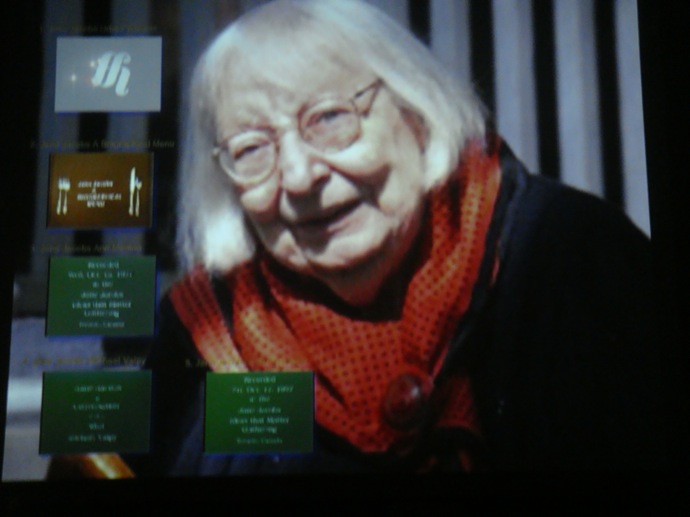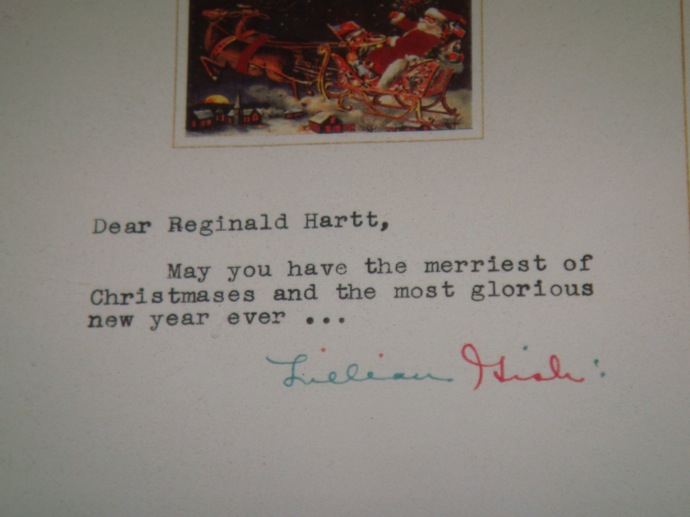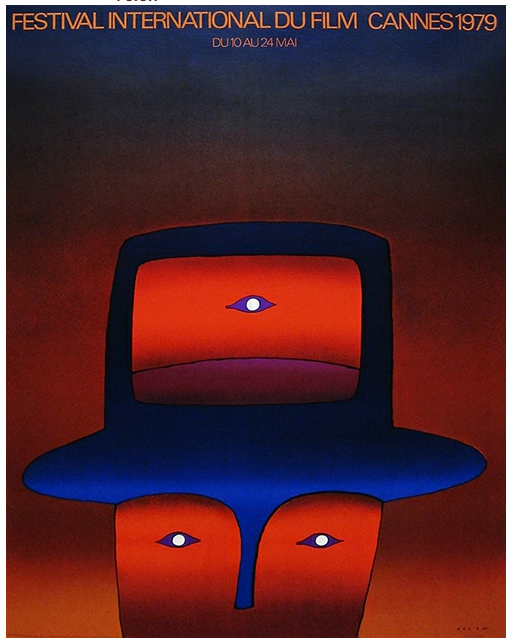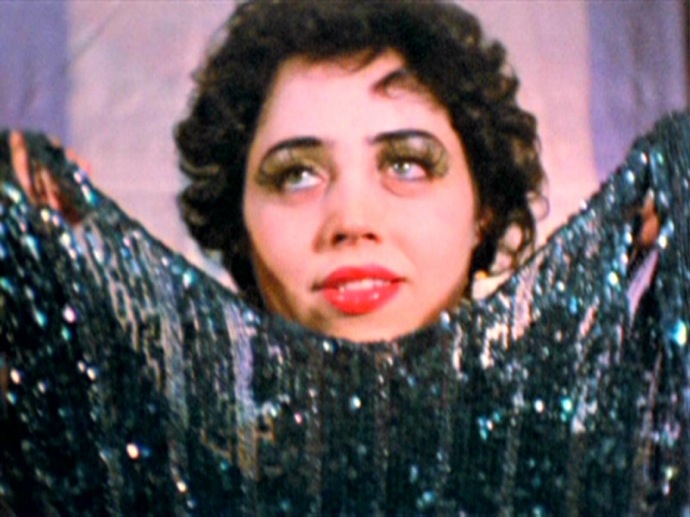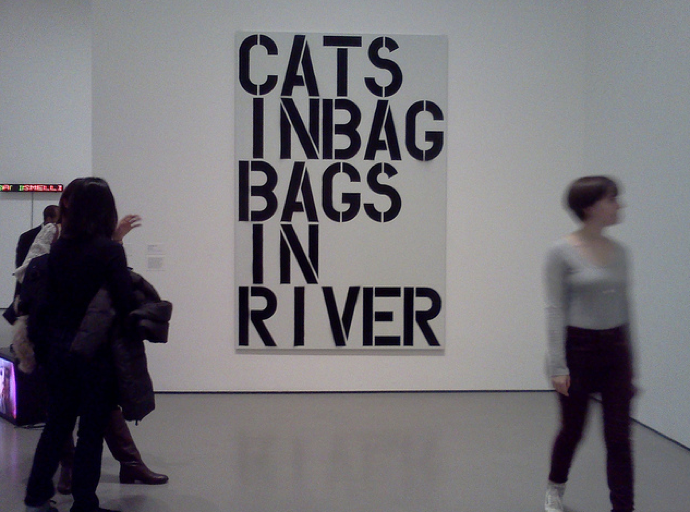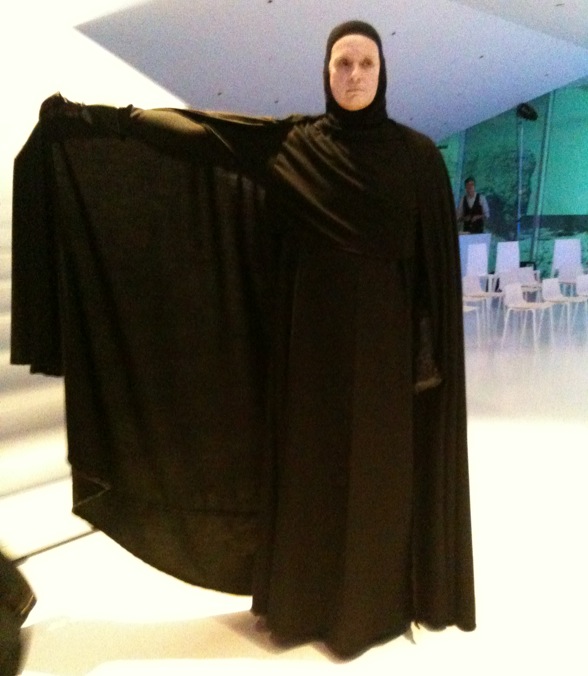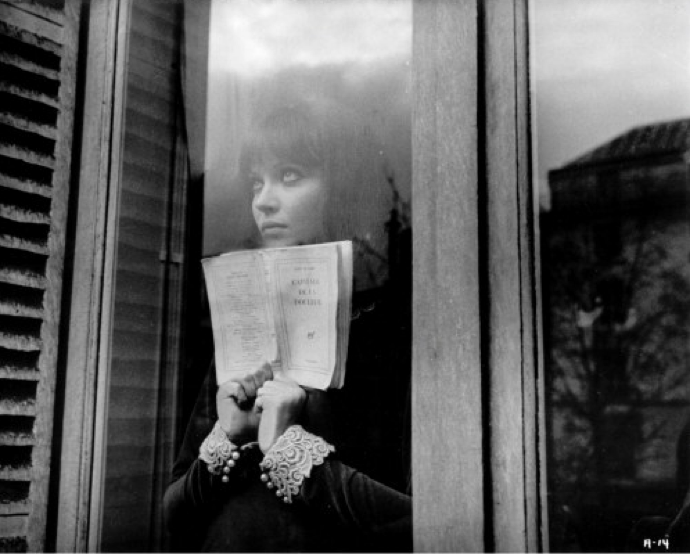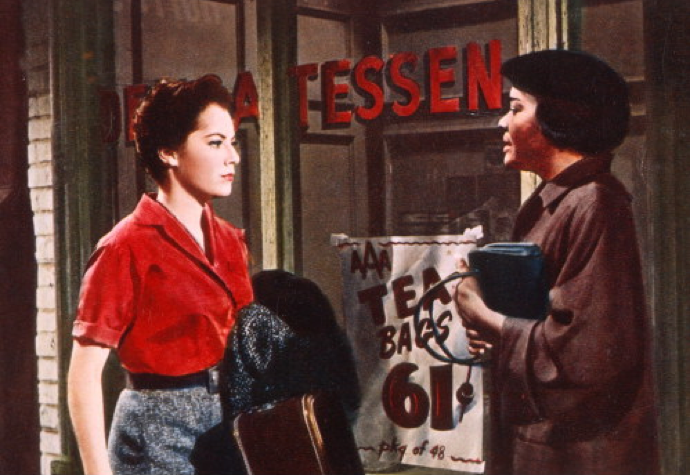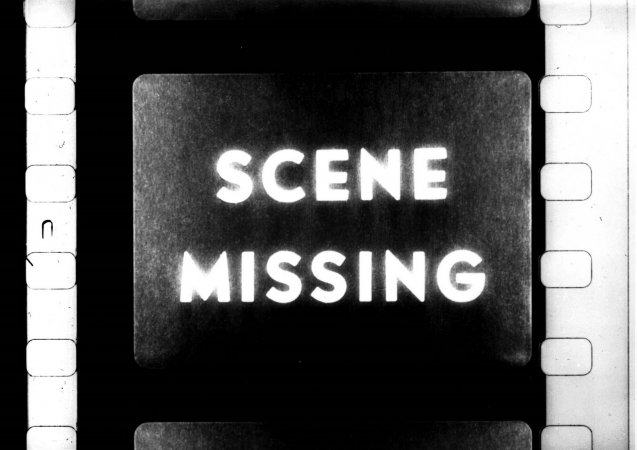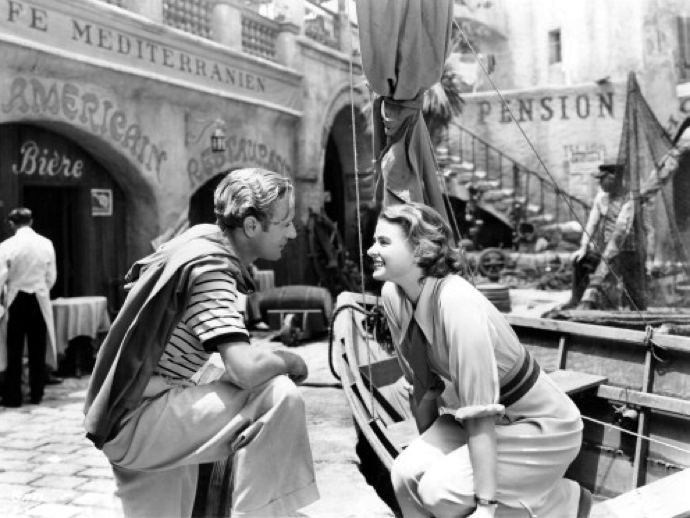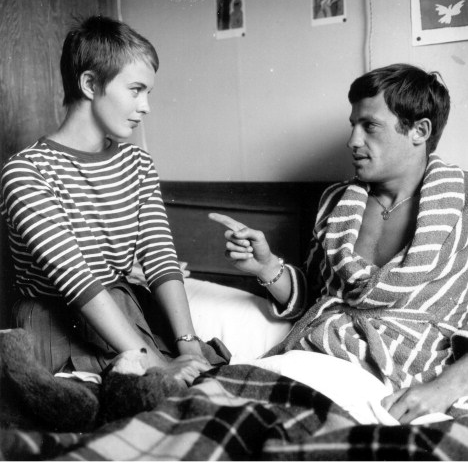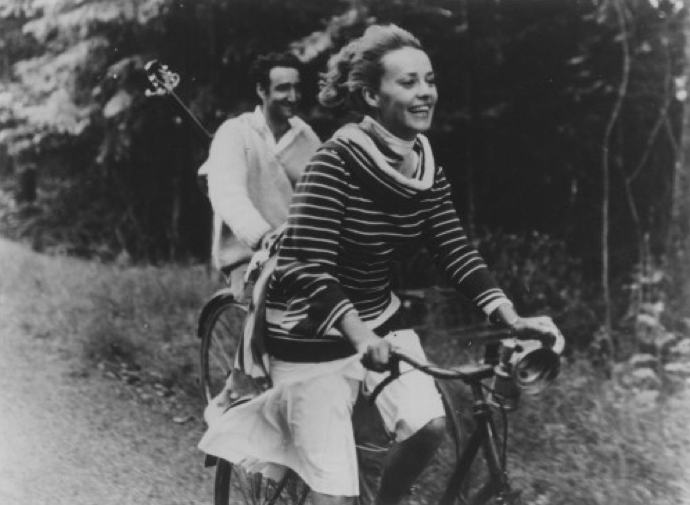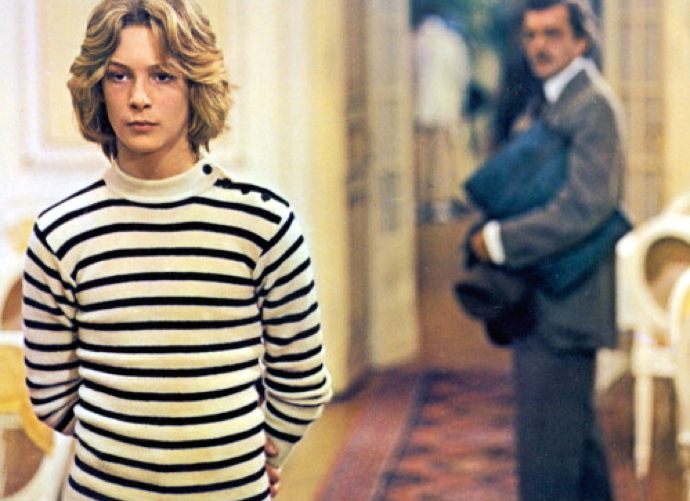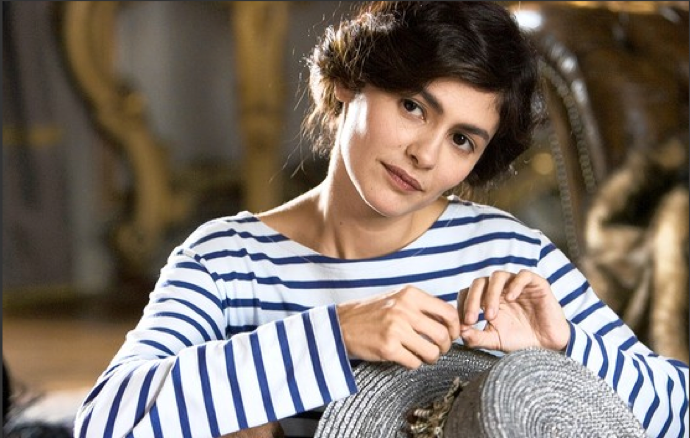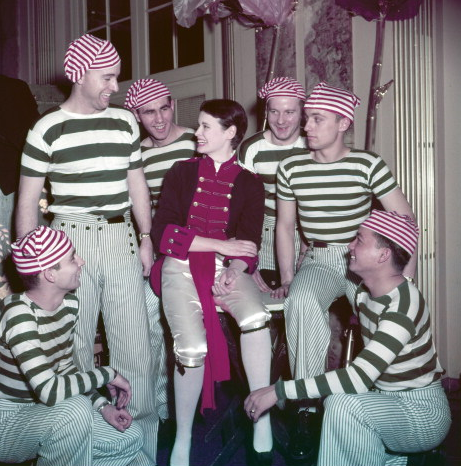
Baby you can drive my car: Ryan Gosling in Nicholas Winding Refn’s Drive
Now that 2011 has faded from memory like Ryan Gosling driving off into the sunset, the film-critical has assessed the annual cinematic bounty via elaborate list-making rituals. Criteria are established, “Passiondexes†are instituted, antes are upped, insults are lobbed, and enemies are forged over the smallest of differences. Then, after all that excitement comes the coup de grâce: the frantic bacchanal known as awards season.
But as we all know, imposing hierarchies and trophies on art is a mug’s game. Making the game all the more pointless this year was a bumper crop of truly great cinema from all over the world, along with some revolutionary documentaries. If 2011 was a banner year for anything, it would be the 3D documentary, which in the hands of filmmakers like Werner Herzog (Cave of Forgotten Dreams) and Wim Wenders (Pina) became something ecstatic and exultant, creating an in-the-round cinematic experience that was both sculptural and phantasmal, real and imagined. As Méliès and Feuillade and even André Bazin knew, the film image is at heart the province of ghosts, the 3D image has the salutary effect of making those ghosts all the more real. I loved that these two documentaries paradoxically insisted on cinema’s otherworldly, spirit-laden existence.
Other noteworthy events in cinephillia: New York got another theater, Lars von Trier made a film that wasn’t completely misogynistic, and Terrence Malick came back from the dead with Tree of Life. The latter was perhaps the most anticipated film of the year for cinephiles, and though I respect the breadth of its ambition, I’m not quite sure I appreciate the film as a totality—or its philosophical, cosmological and/or religious underpinnings. But I can appreciate its vivifying details and gestures, and the extremely inventive editing which made the shots feel fluid and connected, in a way that was evocative of memory. It is, I think, a film for those who cherish the grace note over the whole.
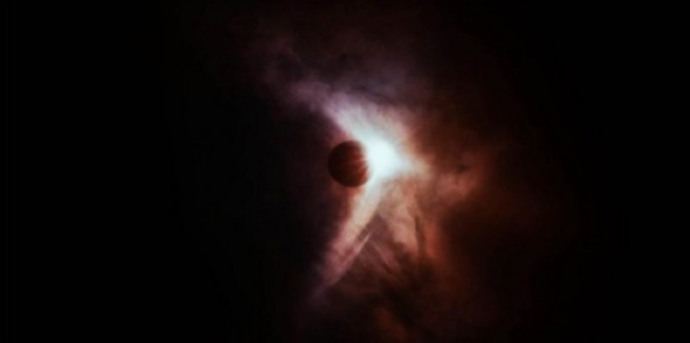
The great whatsit that begins and ends Tree of Life.
Here are my awards, bestowed upon idiosyncratic films that sing, surprise, shock, and appeal to me for weird and fluttery and unknown reasons. Please nominate your own in the comments.
Most deserved/belated theatrical run:
Edward Yang’s masterpiece A Brighter Summer Day gets its due at Walter Reade.
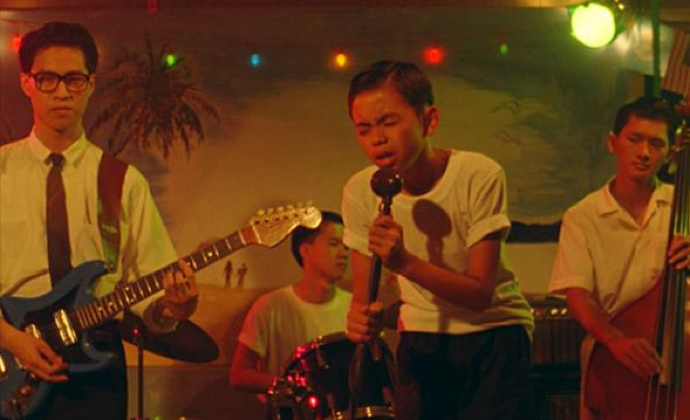
Best documentary with depth:
Pina in 3D wins by a hair over Cave of Forgotten Dreams. Both are must-sees.
Best slow cinema:
Apichatpong Weerasethakul’s lush, astounding long shots in Uncle Boonmee Who Can Recall His Past Lives create a cinematic experience that feels like a fever dream.

Best fast cinema:
Drive has it all: white-knuckle car chases, bloodsoaked shoot-em-ups, and bone-crunching violence, all stylized to perfection and set to an electro-pop beat.
Runner-up: Senna, a profile of the Formula One driver that races around so many twists and turns, it practically induces motion sickness.
Best performance by livestock:
The goat that stands on the table in Michelangelo Frammartino’s Le Quattro Volte.
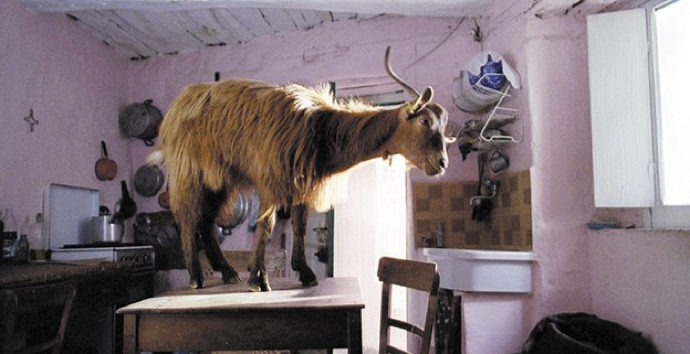
Best portrait of a life well lived:
Bill Cunningham New York imbued me with tremendous respect for a true artist and a gentlemen from another time.
Best subversive use of state propaganda:
The Autobiography of Nicolae Ceausescu brilliantly remixes state footage to reveal the truth that its authors wanted to conceal.
Most gorgeously-realized apocalyptic vision:
I have to hand it to Lars von Trier: Melancholia is the cinematic equivalent of a Romantic painting.
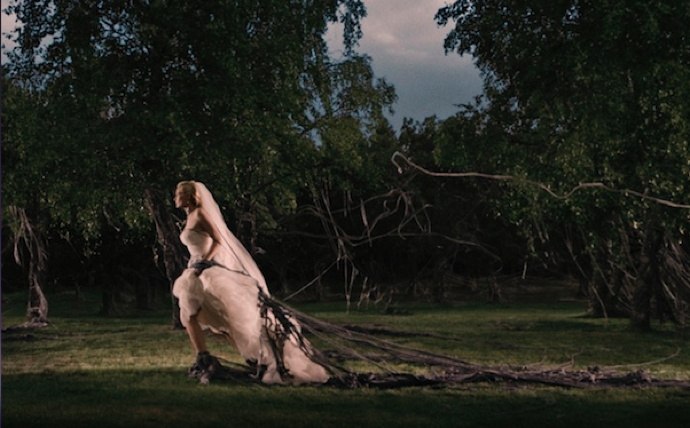
Best crowd pleaser that is too cute for words:
The Artist
Best New York film:
Margaret
Other films worth seeking out, in no particular order:
Lee Chang-dong’s Poetry, A Separation, Attenberg, Tomboy, Sleeping Sickness, Weekend, Certified Copy, Martha Marcy May Marlene, The Skin I Live In, The Future, Of Gods and Men, Nostalgia For the Light, To Die Like A Man, Another Earth, A Screaming Man, Viva Riva!, and Christian Marclay’s 24-hour mashup, The Clock.
